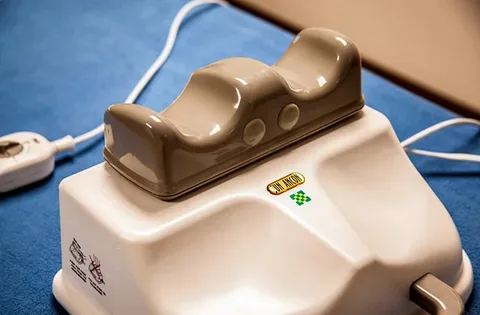Aligners are clear plastic trays used to straighten teeth. They are custom-made and fit over the teeth to move them slowly into the correct position. Many people now choose aligners instead of metal braces. Aligners are popular because they are almost invisible, easy to wear, and can be removed when eating or brushing.
How Aligners Work
Aligners work by applying gentle pressure on the teeth. This pressure helps to shift the teeth little by little over time. Every one to two weeks, the user gets a new set of aligners. Each set is slightly different and continues the process of moving the teeth. This slow movement helps teeth reach the desired position without much pain or discomfort.
Benefits of Using Aligners
Aligners have many advantages. The most important benefit is that they are clear and do not show easily. This makes people feel more confident while wearing them. Another benefit is comfort. Aligners do not have wires or brackets like traditional braces, so they do not hurt the inside of the mouth.
Aligners can be taken out at any time. This is useful when eating, brushing, or flossing. Users do not need to avoid certain foods, unlike with braces. Since aligners are removable, it is also easier to keep the mouth clean.
Who Can Use Aligners
Aligners are a good option for both teens and adults. They can treat many dental problems, such as crowding, spacing, and bite issues. However, aligners may not work well for very complex dental problems. In such cases, dentists may suggest other treatments.
Before starting with aligners, a person needs a dental checkup. The dentist will take x-rays, photos, and digital scans of the teeth. This helps in making a treatment plan. After the plan is ready, a custom set of aligners is created.
How to Use Aligners Properly
To get good results, aligners must be worn for 20 to 22 hours a day. They should only be removed for eating, drinking (except water), brushing, and flossing. It is important to clean the aligners every day to keep them clear and fresh.
If someone does not wear their aligners as directed, the treatment may take longer. Teeth may also not move as planned. It is important to follow the dentist’s advice and use the aligners as required.
Care and Cleaning of Aligners
Aligners need proper care. They should be cleaned at least twice a day with a soft brush and mild soap. Avoid using hot water, as it can change the shape of the aligners. Always rinse them before putting them back in the mouth. Keeping aligners clean helps avoid bacteria buildup and keeps breath fresh.
Aligners should be stored in their case when not in use. This prevents damage and loss. If an aligner breaks or is lost, the dentist should be informed right away.
Treatment Time with Aligners
The time needed for treatment depends on how serious the dental problem is. Some people may need aligners for six months, while others may need them for over a year. On average, treatment with aligners takes 12 to 18 months.
Regular checkups with the dentist are important during the treatment. These visits help the dentist track progress and make changes if needed. In some cases, small attachments are placed on the teeth to help aligners work better. These attachments are tooth-colored and are removed after treatment.
Cost of Aligners
The cost of aligners can vary. It depends on how long the treatment takes and how complex the case is. In general, aligners cost more than regular braces, but many people feel the benefits are worth the extra cost.
Some dental insurance plans may help cover part of the cost. Many clinics also offer payment plans to make the treatment more affordable. Before starting treatment, it is a good idea to ask about the total cost and payment options.
Aftercare Once Treatment Is Complete
After the aligner treatment ends, it is important to wear retainers. Retainers keep the teeth in their new position and prevent them from moving back. The dentist will give instructions on how often and how long to wear them.
Some people may need to wear retainers full-time for a few months, then only at night. Keeping up with this step is key to keeping the smile straight and healthy in the long run.
Aligners vs Braces
Aligners and braces both fix dental problems, but they work differently. Braces are fixed and cannot be removed. They use wires and brackets to move teeth. Aligners, on the other hand, are clear and removable.
Braces are better for very serious problems, while aligners are good for mild to moderate cases. Some people prefer braces because they do not require self-discipline, while others like aligners for their look and comfort.
Common Questions About Aligners
Many people ask if aligners hurt. At the start of each new set, there may be mild pressure or soreness, but it usually goes away in a few days.
Another question is whether you can eat with aligners. The answer is no. Aligners should be removed before eating or drinking anything except water. This keeps them from getting stained or damaged.
People also wonder if aligners are safe. The answer is yes. Aligners are made from safe plastic and are approved by dental experts. They are a safe and modern way to improve smiles.
Conclusion
Aligners are a great option for people who want to straighten their teeth without the look of metal braces. They are easy to use, almost invisible, and can be taken off when needed. With proper care and use, aligners can lead to a healthy, straight smile.
Before starting treatment, it is important to talk to a dentist. A proper checkup and treatment plan are needed for the best results. Aligners have helped many people gain confidence by improving their smiles in a comfortable and easy way.












































